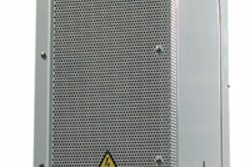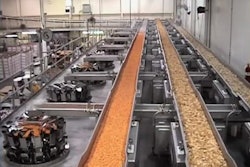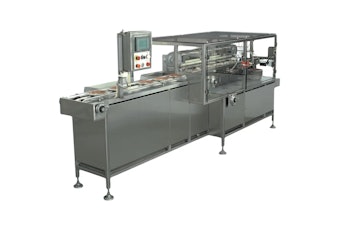The author, Gino Palarchio of maintenance solutions provider Ivara Corp., contends that collecting failure data to calculate mean time between failure (MTBF) in order to determine accurate maintenance task intervals is "wrong and should not be done." Those with packaging machinery maintenance duties, take note. This could apply to you.
Failures, he says, are either age-related failures, which typically make up less than 20% of all failures, or random failures, which make up 80% or more.
The length of time from when a machine is new to when it reaches a point at which there’s a rapid increase in the probability of failure is considered the useful life of the equipment. That’s different, Palarchio says, than the MTBF. To prevent a failure from occurring, manufacturers should intervene just prior to the end of the equipment’s useful life. Incorrectly using MTBF to determine the preventive maintenance interval will result in about half of all failures occuring before the maintenance intervention. Also, about half the remaining components that have additional life will receive unnecessary maintenance attention, going by MTBF.
Preventing random failures is a bit trickier. Rather than measuring the time between failures, manufacturers should measure the time from when a machine component initially develops signs of failure to the time when it actually fails. If that period is, say, four months, then maintenance inspections must be performed at intervals of less than four months--Palarchio would recommend inspections every two months.
The rest of the article goes on to make a pitch for reliability software such as the type sold by Palarchio’s company. Reliability software can
- collect equipment condition data from controls, sensors, data historians, predictive maintenance technologies, and visual inspections.
- analyze multiple data points to obtain a true picture of equipment health
- present results visually so that operators can take corrective actions before the equipment fails.


























